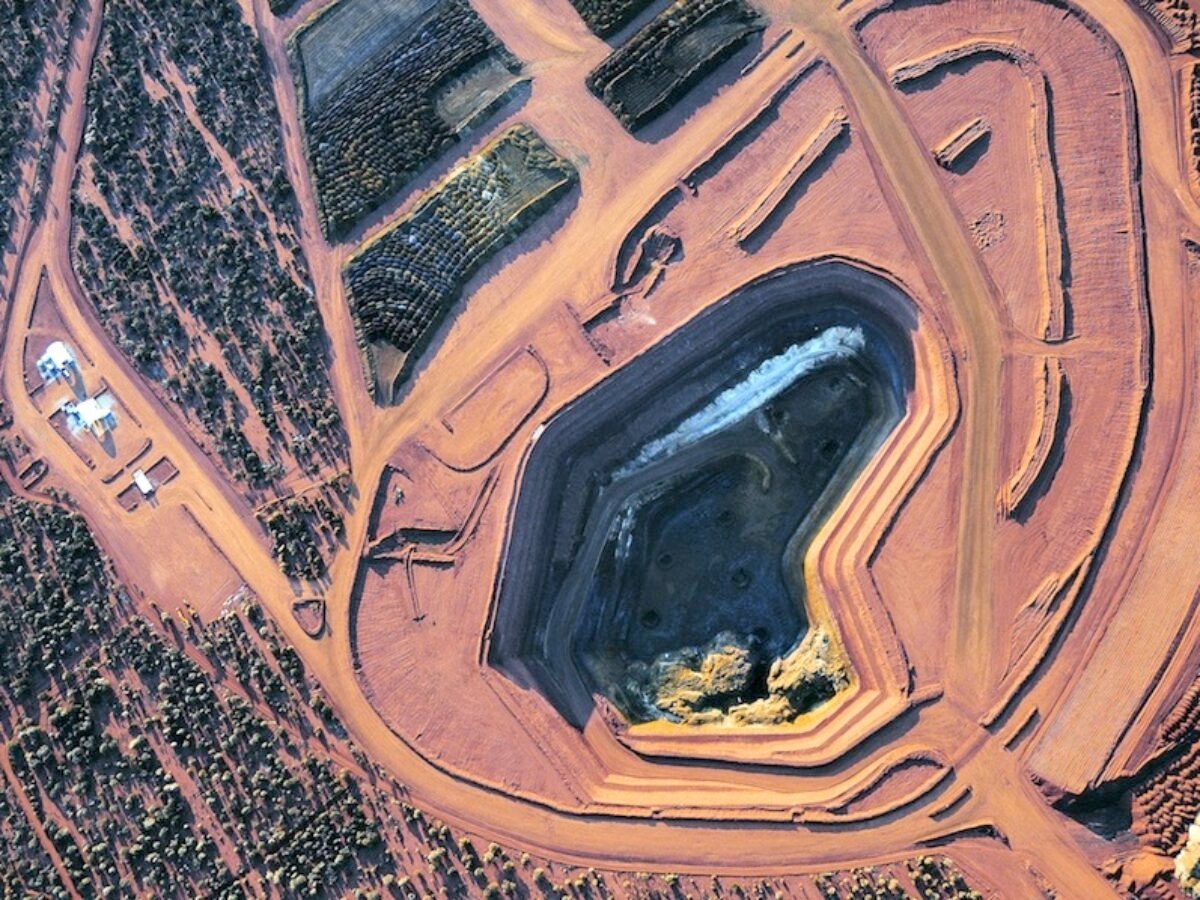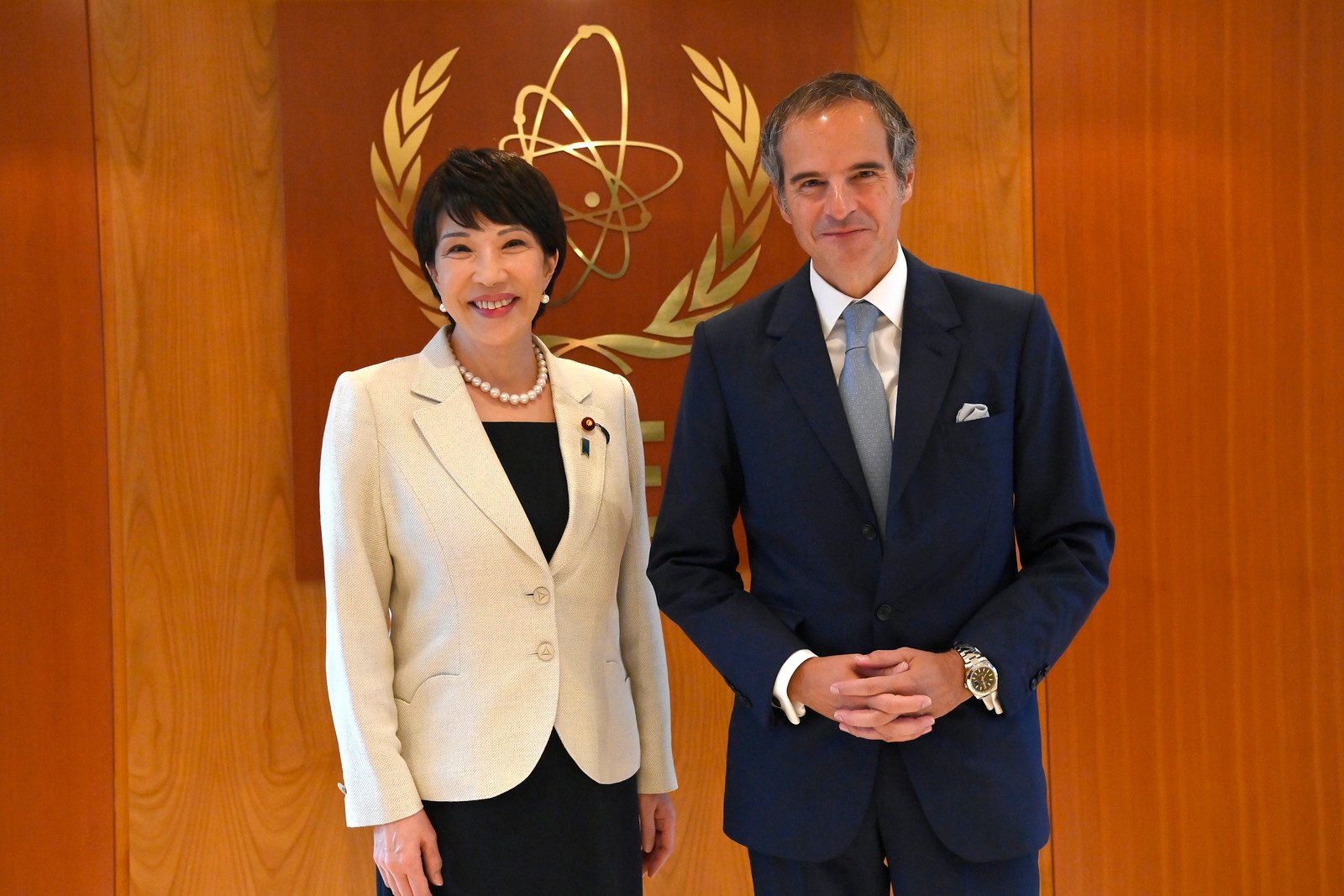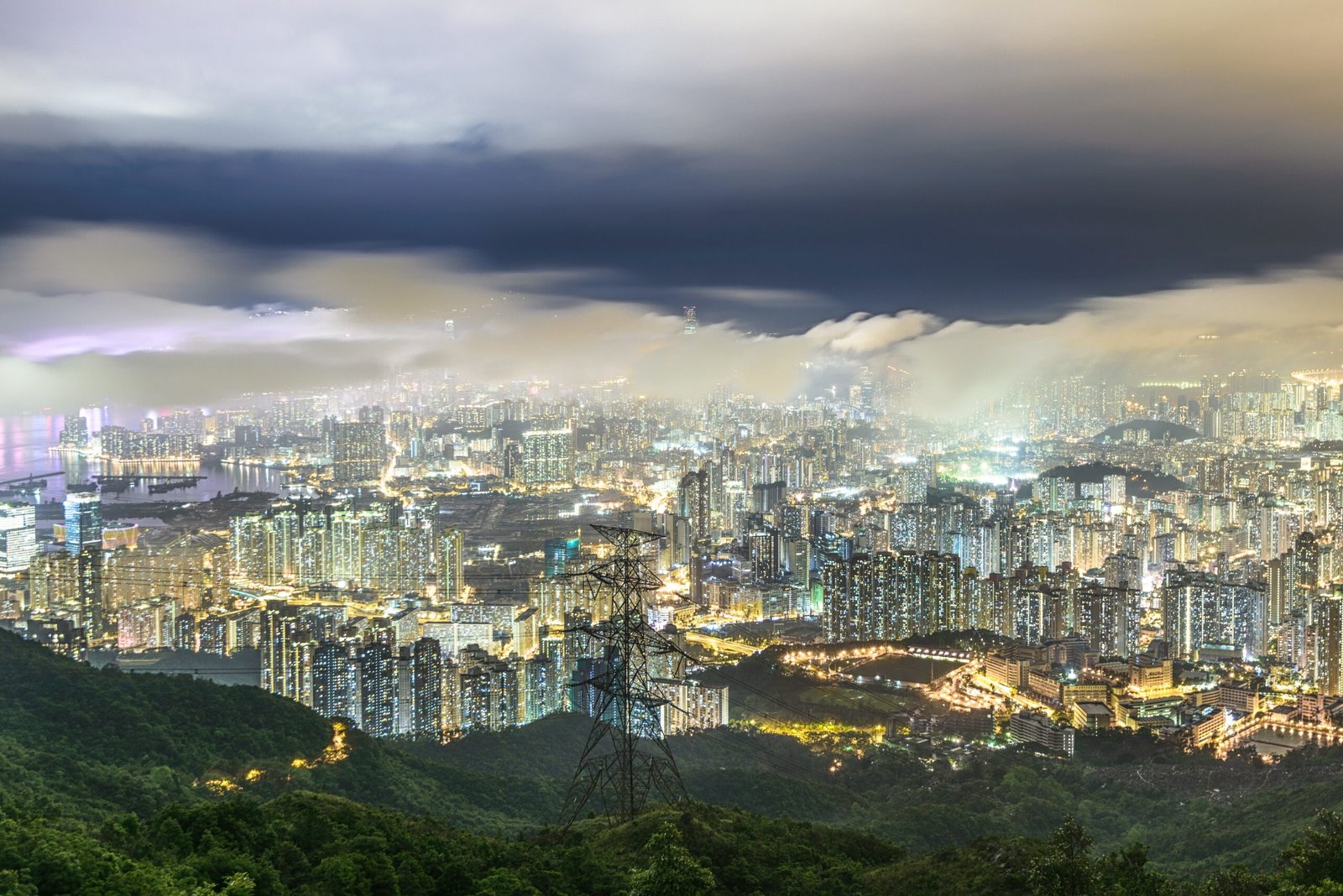For the past 20+ years Green Smart Buildings and Construction have dominated the race to reduce carbon emissions in the Built Environment – accounting for about 21 per cent of global greenhouse gas emissions.
According to the UN Global Status report buildings were responsible for 34 per cent global energy demand and 37 per cent of energy and process-related carbon dioxide CO2 emissions in 2022- and despite a 3.5 per cent reduction in energy intensity, overall energy demand and emissions rose by about one per cent from 2021.
In contrast, Decarbonising Buildings in Cities and Regions in the OECD 2022 report, accounts nearly 40% of global energy-related CO2 emissions and sometimes as much as 70% in large cities, where buildings and construction are central to the low-carbon transition. Decarbonising buildings, especially the old stock, through energy efficiency improvements and renewable energy use, not only reduces carbon emissions, but also generates co-benefits in health, energy affordability and the labour market.
CHINA
In China, the Ministry of Housing and Urban-Rural Development implemented the General Code for Building Energy Efficiency and Renewable Energy Utilization in April 2022, requiring all new, expanded, or renovated buildings to be designed for energy efficiency.
China is aiming to cut its energy intensity, or the amount of energy used per unit of economic growth, by 2.5% in 2024, higher than last year’s missed 2% goal, the National Development and Reform Commission (NDRC) said in a report released at the opening of the annual National People’s Congress. But the world’s biggest carbon polluter’s desire to cut emissions and energy consumption is often at odds with the need to boost economic growth and living standards.
Over the years, many projects in China have also applied for other internationally recognized green building certifications, most notably, the Leadership in Energy and Environmental Design certification launched by the US Green Building Council.
As of the first half of 2022, more than 25,000 projects have been certified under the current green building regime.
Under China’s current green building certification regime:
- The 3-Star Grade is to be granted by the national building authority, i.e., the Ministry of Housing and Urban-Rural Development (MOHURD).
- The other certification grades (Basic Grade, 1-Star Grade and 2-Star Grade) can be granted by the local building authorities. In addition, the local authorities may make certain adjustments to the evaluation standards applicable to the lower certification grades.
- While all types of buildings are now eligible to apply for a green building certificate and label, it is still not a nationwide mandatory requirement. Specifically:
- Under the 2013 Green Building Work Plan*, only certain new government-invested buildings, affordable housing in certain cities and large-scale public buildings over 20,000 square meters must attain a green building certification.
- Under the Urban and Rural Construction Area Carbon Peaking Implementation Plan* and the Building Energy Conservation and Green Building Development Plan during the 14th Five-Year Plan Period*, China targets that all new buildings in China shall attain at least the Basic Grade rating and at least 30% of them reaching at least 1-Star rating by 2025.
- Local regulations may set higher requirements and mandate all new buildings to attain green building certification. For example, under the Shenzhen Green Building Regulation*, from 1 July 2022, all new buildings in Shenzhen must attain a 1-Star rating, and all new government-invested projects must attain no lower than 2-Star rating.
- A green building rating label is to be granted after construction is completed. (Note: A project owner can apply for a pre-assessment for a green building label during the construction design stage)
JAPAN
Japan revised buildings regulations in 2022 to require zero-energy performance for all new buildings by 2030, and for all existing buildings by 2050.
Residential and commercial sectors: Considering the long-term impacts of these sectors, a shift should be accelerated to have 100% of newly-built houses and buildings being zero emission (ZEH, ZEB) by 2025.
For existing houses and buildings, emissions should be reduced through renovations and the introduction of renewable energy, at a pace of 2% per year. In addition, there should be significant efficiency improvements in building structures and related equipment to further reduce electricity consumption. All of these should result in reduced emissions from the residential sector relative to 2013 by at least 65% by 2030 and at least 80% by 2040, and from the commercial sector, at least 70% by 2030 and 85% by 2040. Both sectors should achieve complete decarbonization by 2050. (Exert from Kiko Network Report)
SINGAPORE
Singapore has been making notable progress in decarbonizing its buildings. Carbon Calculator: Engineers and developers in the building and construction sector can now access the free Web-based Singapore Building Carbon Calculator. This tool measures the invisible emissions (known as embodied carbon) behind the construction of buildings and urban structures. Embodied carbon results from the extraction, creation, and transportation of building materials. In Singapore, it can account for up to 40% of emissions over a building’s lifetime due to shorter building life cycles with urban renewal..
Green Building Goals: The government aims to green 80% of Singapore’s buildings (by gross floor area) by 2030. As of the end of 2020, 43% of buildings were already deemed green2.
Industrialized Construction: Singapore is pushing for modern methods of construction (MMC) and the design for manufacture and assembly (DfMA) approach. The goal is to incorporate MMC in 70% of major projects by 20253.
These efforts demonstrate Singapore’s commitment to sustainability and achieving net-zero carbon emissions by 2050
MALAYSIA
Kuala Lumpur, the vibrant capital of Malaysia, is actively pursuing sustainable practices and decarbonization in its built environment.
Redevelopment Areas: The Kuala Lumpur Structure Plan 2040 (KLSP2040) identifies 139 locations for redevelopment until 2040. These areas include brownfield sites with less economical use, old industrial zones, and spaces resulting from investments in transit infrastructure and river conservation. Redevelopment around transit zones is encouraged for mixed-use development to create an integrated environment1.
Green Buildings: The rise in environmental consciousness has led to a surge in green buildings within Kuala Lumpur. The Green Building Index (GBI), established in 2009, evaluates sustainable building practices. Other certifications like Green Real Estate (GreenRE) and Leadership in Energy and Environmental Design (LEED) also designate environmentally friendly projects2.
Low Carbon Initiatives: Kuala Lumpur aims to be a climate-smart and low carbon city. Efforts include converting streetlights to LED, installing energy-efficient equipment in buildings, and promoting walking and cycling within the city
Kuala Lumpur boasts several notable green building projects. Here are a few:
- Bandar Rimbayu Township:
- Incorporates renewable energy and energy efficiency.
- Features great indoor ventilation, solar-powered water heaters, and rain harvesting systems.
- Emphasizes nature-friendly principles of Crime Prevention Through Environmental Design (CPTED).
- Green building certification: GBI Silver
- Bukit Bintang City Centre (BBCC):
- Home to the future tallest building in Malaysia, the PNB 188 skyscraper.
- A green lung weaves throughout the project, creating parks, gardens, and green pockets.
- Green building certification: GBI Gold
- Retrofitted Projects:
- Existing buildings like the Petronas Twin Towers, Menara Maybank, Menara SME Bank, and Cap Square Tower have achieved GBI certification through retrofitting efforts.
These projects not only benefit the environment but also enhance occupants’ well-being.
THAILAND
Uncertainty remains regarding Thailand’s Land Use, Land-Use Change, and Forestry (LULUCF) carbon sequestration potential. This uncertainty could impact the extent of decarbonization measures needed in the energy system.
Retrofitting existing buildings, especially in a dynamic city like Bangkok, presents several challenges. Let’s explore some of the key obstacles:
- Nature of Existing Structures:
- Many old buildings were not originally designed with energy efficiency in mind.
- Retrofitting requires adapting these structures to modern standards, which can be complex and costly.
- Limited Knowledge and Awareness:
- Property owners and developers may lack awareness of green retrofitting benefits.
- Educating stakeholders about sustainable practices is crucial.
- Cost Considerations:
- Retrofitting involves initial capital investment and ongoing maintenance costs.
- Balancing these expenses with long-term energy savings can be challenging.
- Local Legislation and Climate Factors:
- Compliance with local regulations and building codes affects retrofitting decisions.
- Bangkok’s climate (heat, humidity, and flooding risks) influences design choices.
- Market Value and Environmental Impact:
- Developers weigh the impact of retrofitting on property value.
- Considering environmental benefits alongside financial gains is essentialvercoming these challenges requires collaboration among stakeholders, informed decision-making, and innovative solutions.
For Thailand to oercome these challenges requires collaboration among stakeholders, informed decision-making, and innovative solutions.






















